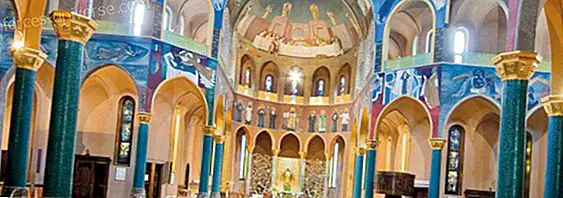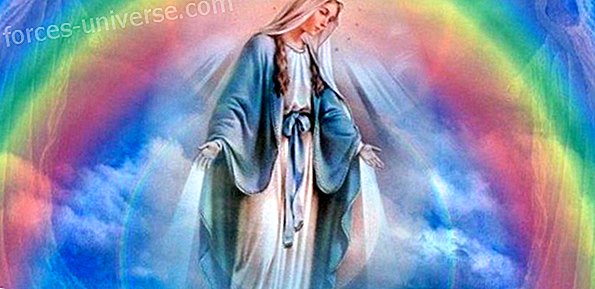
The Greeks say that there are three ways to be immortal, namely: either to be God, or through memory or through the seed . We will only focus on reflecting on the immortality of the life of Jesus, the Christ in his memory, privileging his human character.
Very little interest in dogma and doxis when trying to reconstruct the memorable life of a virtuous man, because the virtue worth remembering is the virtue de vir- in all its aspects, as in S crates, in Alexander the Great, and even in Joan of Arc, & c. But in this special case, in the case of the life of Jesus, the Christ as God incarnate, we would have to proceed very carefully.
The boy Jesus

Virtue in a man, according to Aristotle, is something that implies time and experience, so young people cannot immerse themselves in their study (that is - ie: - in the study of ethics). The subjects of virtue deal with good and evil, virtue being the choice and exercise of the former . But to arrive at the right choice, bad choices must have been made, that is, vicious, and this is especially true in childhood.
Now, the life of Jesus as a child, in the apocryphal gospels, as in the Arab or Armenian gospel, is shown as a naughty and narcissistic little boy - in line with Freud's psychosexual theory - which, on the human side - perfect - It was everything to expect from a child: abusive, selfish, problematic, in a constant learning process .
Following the above, we might think: how and how much did the one who gave his life for us have to meditate and correct to give it? That is to say, Jesus-Christ with his task, as a man, in his infinite goodness and forgiveness, had to have an empirical support to reach the universal conclusions he reached. An example of this are the apostles, who before the death of the teacher were like stolids, and after his resurrection, in the meditation of their mistakes as disciples and facing the task they had; They embodied a certain divine wisdom.
On the other hand, the pranks of Jesus' life as a child, consisted of changing shape, hiding from Mary and even causing fatal accidents, such as the fall of another child from above . As if the divine power, in the precocious humanity of a child, was an instrument of his childhood occurrences. In the canon stories, an example of the taxation of Jesus as a child is shown, which in view of the Arab and Armenian gospels, all in context agrees: arguing with the wise as wise, and the answer given to a disturbed Mary.
The life of Jesus: adult

As a man, the life of Jesus before his thirty-three (33) years was impeccable. Imagine Jesus self-conceiving the saving Christ; meditating on the history of the Jews in their adventures and cares (which is the history of their chosen people). Imagine the extension of your intellectual and moral mechanisms to be tempted three times - a very difficult test - in the middle of the desert - extending your bodily and psychic self - and leaving beautifully airy.
And even more, surely his childhood life served as an instruction to recognize the affinity and correspondence between the demonic and the emotional, by having control over the emotional, he was evidencing his own demons. When the demon of demons appeared (dia-bollein: dispersion), he knew how to counteract it by naming the Father, the infinite nucleus of goodness and order.
Christian ulteriority

The life of Jesus, in a dogmatic sense, is not discussed, but neither can we have any conclusions (positions, sive prejudices ) of what Jesus Christ means as a man and God incarnate. Triune God is always personal, juxtaposed to the individual's interpretative horizon, as translated into his cognitive scheme. Therefore, there is a need for a Christian ulteriority, which does not focus on what God is, but on what he can become - inner: beyond . Although Jesus Christ was the only Christian, by sharing humanity, we can reflect on his psyche (equal in image and likeness: that is, equal in soul), and transform ourselves into character and custom in correspondence with the content of the reflector.
Author: Kevin Samir Parra Rueda, editor in the great family of Hermandadblanca.org
More information in:
- The Armenian Gospel of the childhood of Jesus
- Arabic Gospel of the childhood of Jesus.






